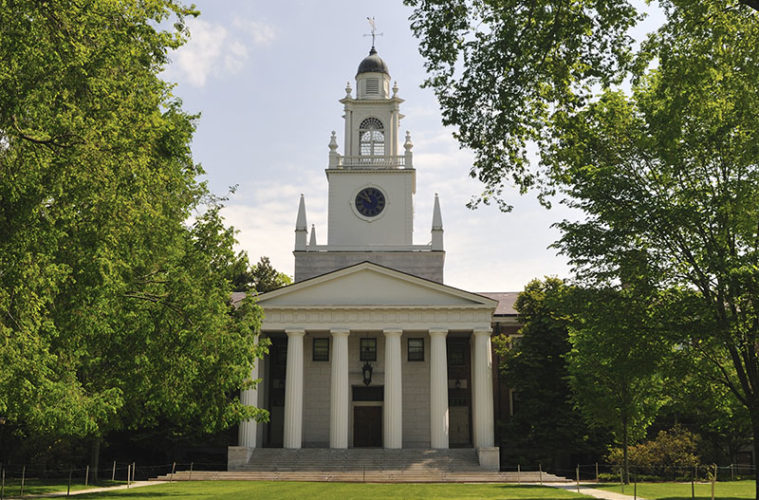There are plenty of reasons Andover and North Andover residents love their towns: highly rated schools, a strong sense of community, lots of beautiful open space. While there’s much the towns share, there is also a remarkable diversity of neighborhoods and villages across the two, creating a patchwork of communities, each with its own unique character and history.
We’ve chosen six that highlight the range of personalities and experiences to be found in the Andovers.
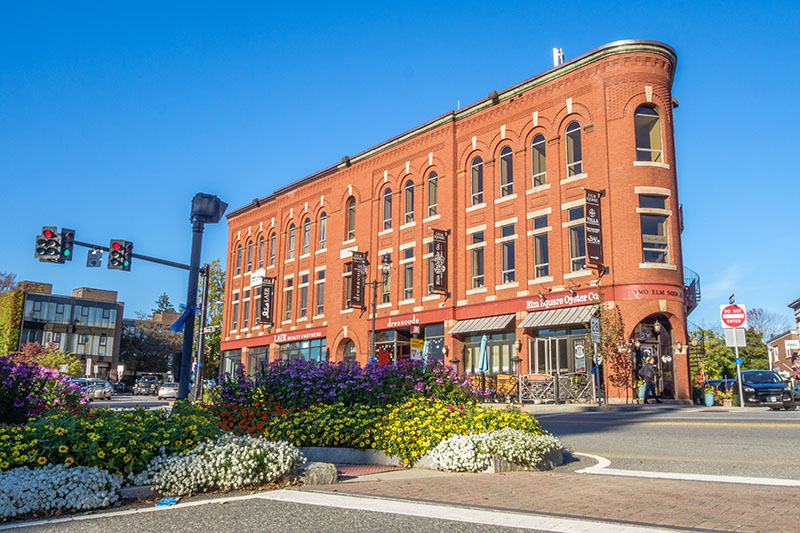
Andover
Shawsheen Village
Drive through Shawsheen Village in the northernmost part of Andover, and you might notice something unusual. To the west of Route 28, the houses are largely brick, while to the east, white clapboard homes dominate. This division harks back to the 1920s, when William Wood, president of the American Woolen Company, decided to transform the neighborhood around the business’s mills into a self-contained company town with brick houses for the highest-level executives and white houses for mid-level managers.
Today Shawsheen Village is largely residential—though the mill was converted into an office complex—with peaceful tree-lined streets, easy access to highways and commercial areas, and a sprawling park. The elegant brick American Woolen administrative building has been converted into charming condos. And the area’s rich history gives the neighborhood a unique, enduring character.
“The homes are still very beautiful and very much in the way Wood designed them to look,” says Angela McBrien, collections manager for the Andover Center for History and Culture. “A lot of the homeowners there take pride in living in homes with such a historic background.”

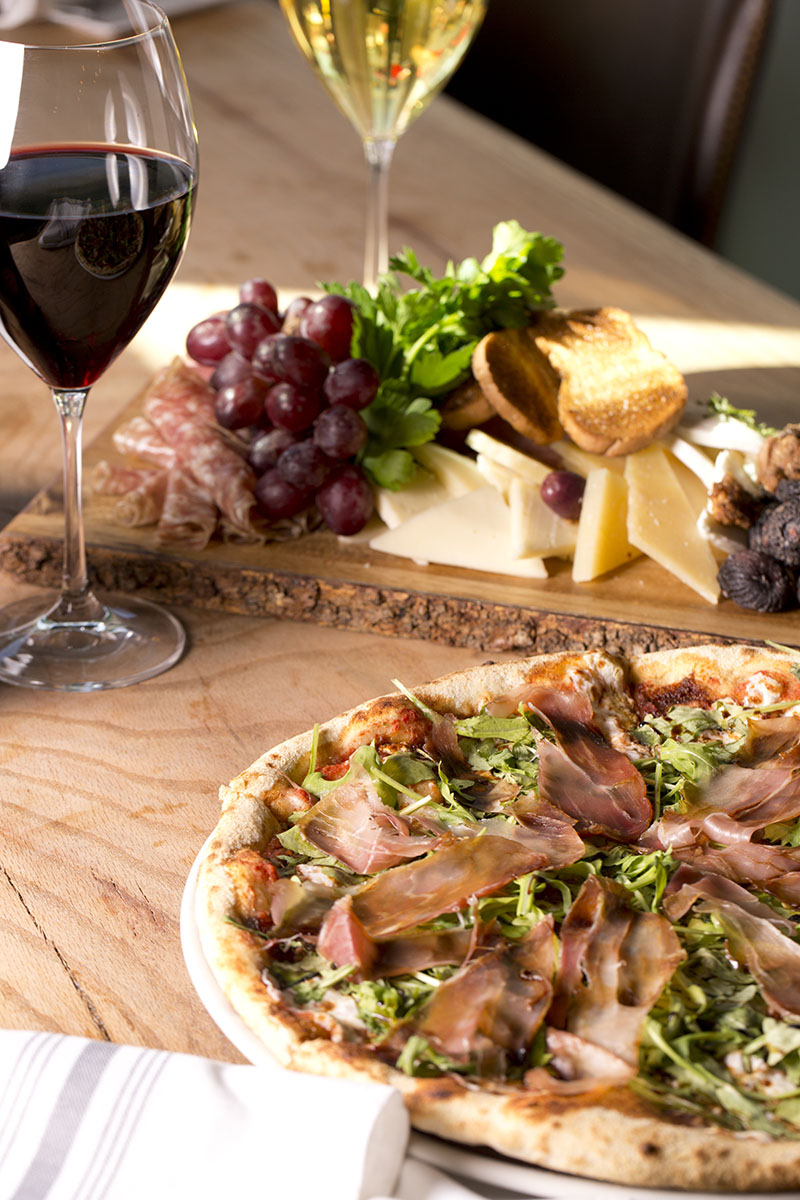
Town center
The center of Andover is simultaneously charming and cosmopolitan, combining brick buildings and white steeples with chic boutiques and sophisticated dining spots. Surrounding this commercial core are some of the town’s most gracious historical homes. Together, these elements make the area particularly appealing to residents moving from Boston, who want the open space of a suburban town, but still value a vibrant, walkable downtown, says Joelle Smith, an Andover resident and a real estate agent with Compass.
“The downtown is a huge draw for a lot of people,” Smith says. “It has so much to offer.”
Just south of the center sits the campus of Phillips Academy, where visitors can stroll the grounds or visit the acclaimed Addison Gallery of American Art, a free museum displaying the works of important American artists.
Ballardvale
Set along the Shawsheen River, Ballardvale offers both natural beauty and deep history. On the southern side, Pole Hill was once home to a hilltop dance hall; today, it is a beautiful, wooded destination for short hikes and scenic views. Farther north, Pomp’s Pond provides a place to swim, paddle, and take a shady stroll.
Between and around these two natural destinations meanders a network of quiet, residential streets. Some of the homes are of newer construction, but many were built as workforce housing during the heyday of the mills along the Shawsheen River.
Even though Ballardvale is now a quieter place than it was in decades past, it retains a strong community identity. Last year, the neighborhood observed the inaugural Ballardvale Day, celebrating the area with hikes, fishing, arts and crafts, and historical tours.
“It’s a very beautiful little community,” says Martha Tubinis, director of programs at the Andover Center for History and Culture. “It’s a very popular place to live.”
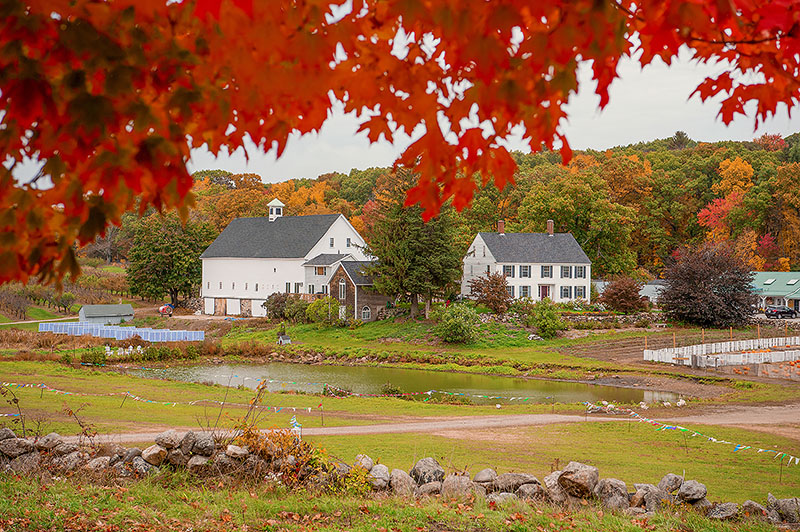
North Andover
Bear Hill/ Smolak Farms area
The area surrounding Bear Hill Estates and Smolak Farms is geographically in the center of North Andover, but it feels more like a hidden corner of the town. Large houses on spacious, landscaped lots, set among plenty of wooded and agricultural space, give residents room to breathe.
The houses were built largely in the 1980s and 1990s, many in a contemporary-colonial style. The neighborhoods are friendly and community oriented, says Stephanie Jones, a real estate agent with Berkshire Hathaway HomeServices Verani Realty in North Andover. “They shut down the streets and have block parties,” Jones says.
Around the corner, Smolak Farms adds a country feel to the area, with its acres of active orchards and fields.
Machine Shop Village/ Library District
These two adjacent neighborhoods in the northern part of town offer a glimpse into the evolution of development during the Industrial Revolution and after World War II.
Wedged between Main Street and Water Street, Machine Shop Village was originally the home of the Davis and Furber machine shop; as the business grew in the mid-1800s, the company built extensive housing for employees nearby. Today, the refurbished mill building houses office space, restaurants, and elegantly industrial loft condos, while the surrounding streets include many well-kept duplexes that were once home to factory workers.
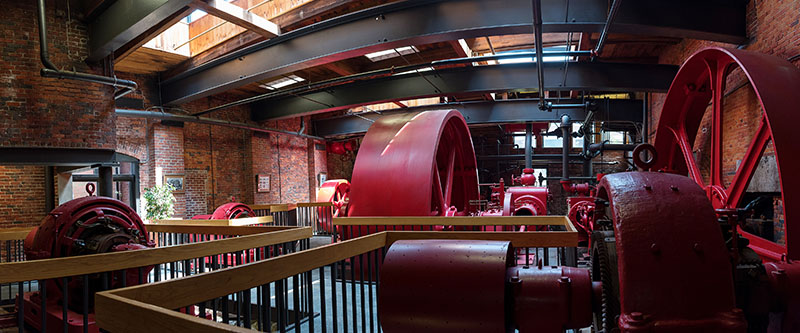
On the other side of Main Street, the Library District offers up a quintessential example of a post-World War II New England neighborhood, with larger homes in midcentury-contemporary styles set on comfortably sized lots. “These are three and four bedrooms on bucolic streets,” says Brian Howard, executive director of the North Andover Historical Society.
Old Center
Belying its name, the Old Center of North Andover is not a bustling commercial district. The Old Center is where Europeans first settled within the present-day Andover area. Over the years, as industrial activity grew in parts of the town closer to railroads and the river, the men made wealthy by these businesses built stately homes on large plots in the area.
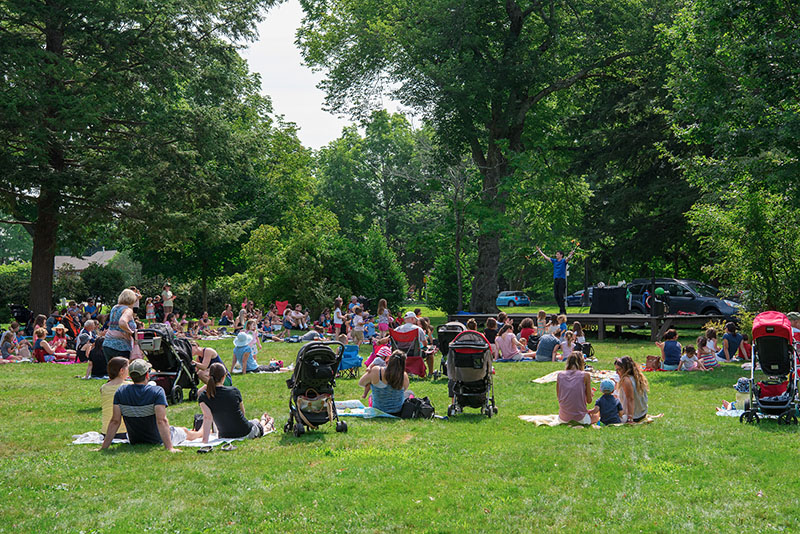
Since that time, conservation restrictions and planning regulations have kept extensive development at bay, preserving the character of the area. The area’s historic homes—many are centuries old—are sought after by those who value the heritage of the area, and the quaintly New England town common offers a grassy expanse for children and dogs to run on.
Despite this peaceful character, the neighborhood is not remote. The shops and restaurants of Route 133 are less than a mile away, giving the area an ideal combination of country charm and modern-day convenience.

